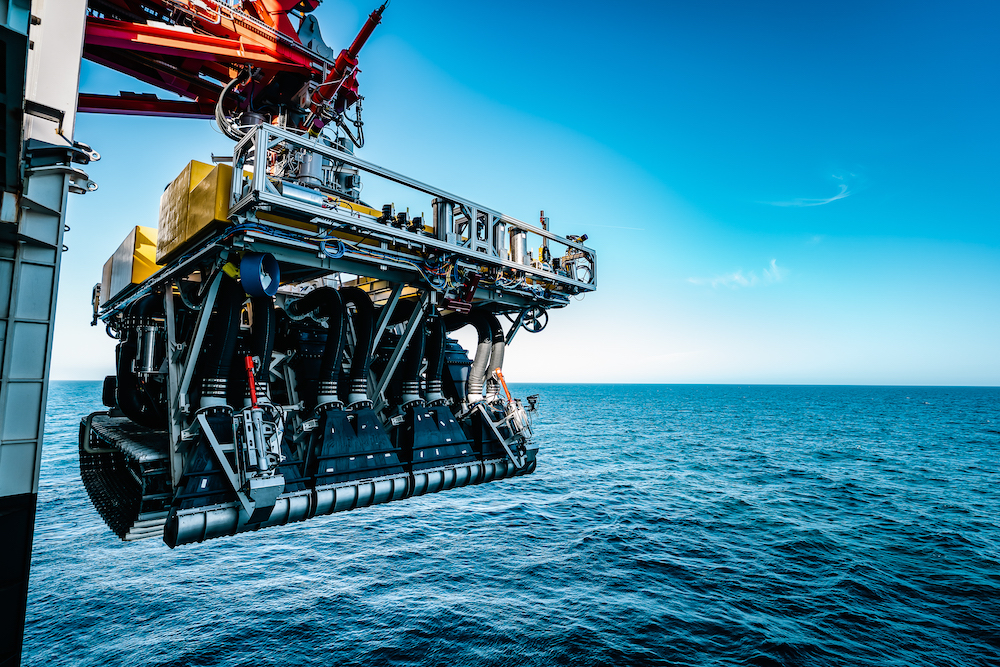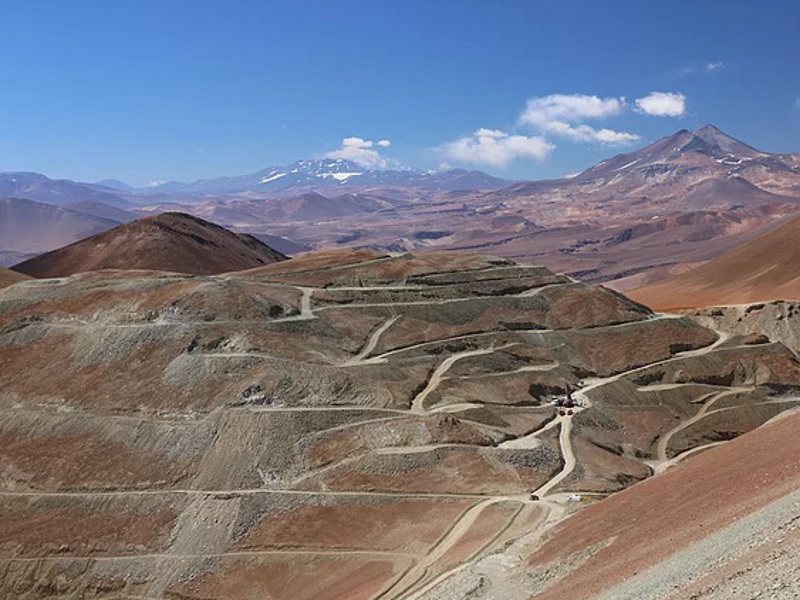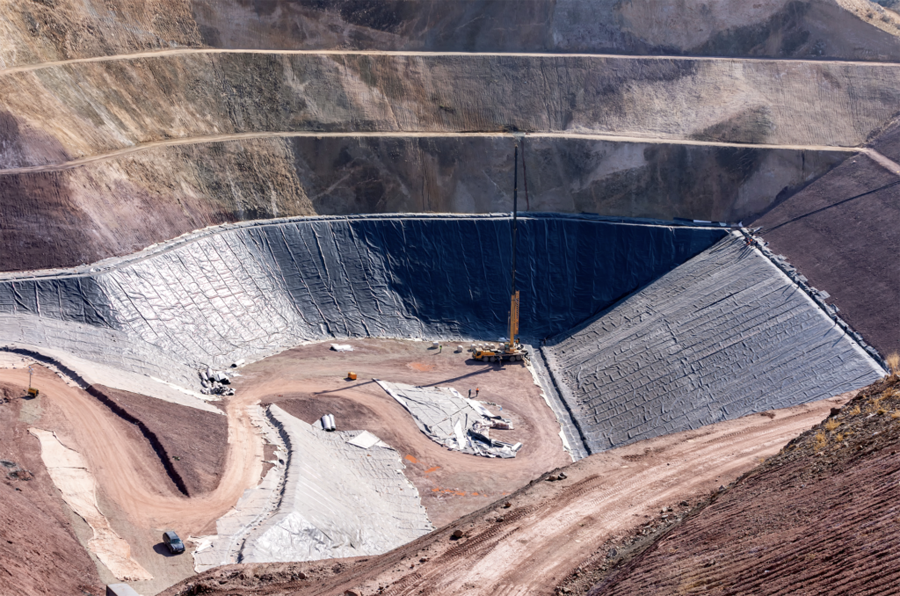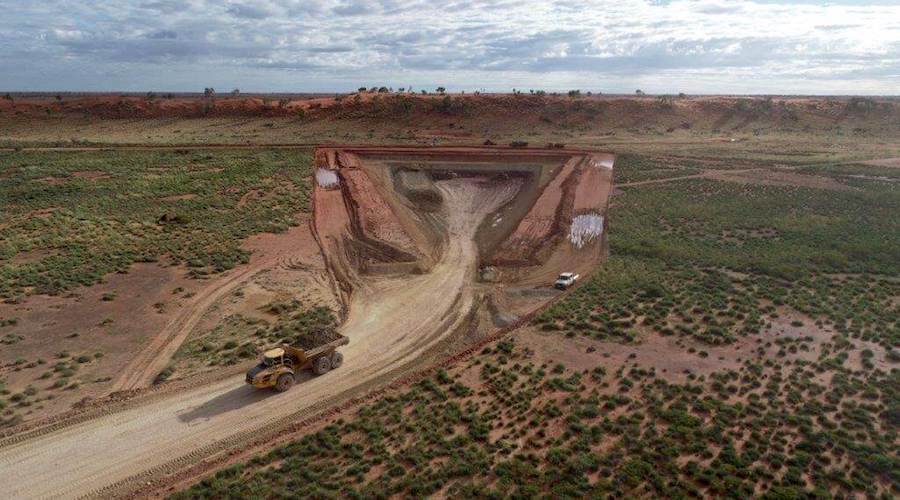Researchers better understand chances of making graphite from coal
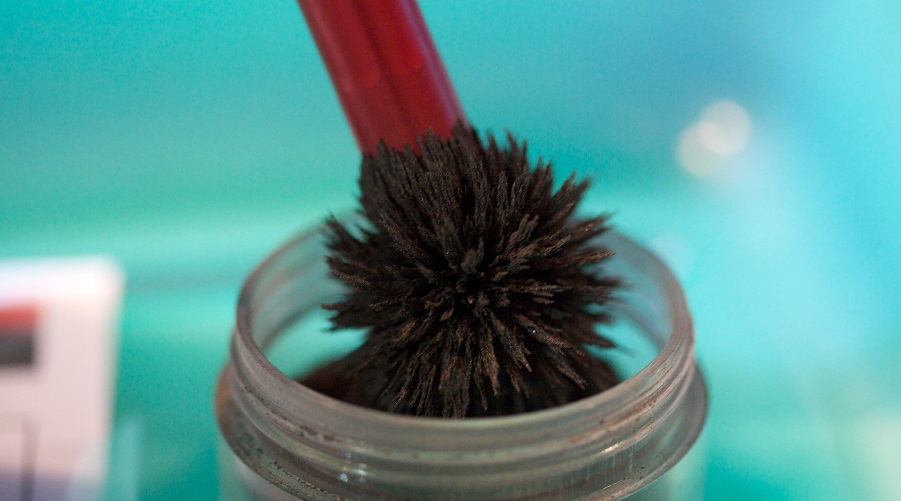

In the researchers’ view, EV battery electrodes are best if made with pure carbon materials. However, spiralling demand from the EV and tech industries is making such materials difficult to obtain.
Based on the concept of Ab initio simulation, which means from the beginning, physicist David Drabold and engineer Jason Tremblay’s work pursues novel paths to synthetic forms of graphite from naturally occurring carbonaceous material.
What they found, with several different calculations, was a layered material that forms at very high temperatures (about 3000 degrees Kelvin). Its layers stay together due to the formation of an electron gas between the layers, but they’re not the perfect layers of hexagons that make up ideal graphene. This new material has plenty of hexagons, but also pentagons and heptagons. That ring disorder reduces the electrical conductivity of the new material compared with graphene, but the conductivity is still high in the regions dominated largely by hexagons.
“In chemistry, the process of converting carbonaceous materials to a layered graphitic structure by thermal treatment at high temperature is called graphitization,” Drabold said in a media statement. “In this letter, we show from Ab initio and machine learning molecular dynamic simulations that pure carbon networks have an overwhelming proclivity to convert to a layered structure in a significant density and temperature window with the layering occurring even for random starting configurations. The flat layers are amorphous graphene: topologically disordered three-coordinated carbon atoms arranged in planes with pentagons, hexagons and heptagons of carbon.”
According to the scientist, since this phase is topologically disordered, the usual ‘stacking registry’ of graphite is only statistically respected.
“The layering is observed without Van der Waals corrections to density functional (LDA and PBE) forces, and we discuss the formation of a delocalized electron gas in the galleries (voids between planes) and show that interplane cohesion is partly due to this low-density electron gas. The in-plane electronic conductivity is dramatically reduced relative to graphene,” Drabold said.
The researchers expect their announcement to spur experimentation and studies addressing the existence of amorphous graphite, which may be testable from exfoliation and/or experimental surface structural probes.
“The question that led us to this is whether we could make graphite from coal,” Drabold said. “This paper does not fully answer that question, but it shows that carbon has an overwhelming tendency to layer — like graphite, but with many ‘defects’ such as pentagons and heptagons (five- and seven-member rings of carbon atoms), which fit quite naturally into the network. We present evidence that amorphous graphite exists, and we describe its process of formation. It has been suspected from experiments that graphitization occurs near 3,000K, but the details of the formation process and nature of the disorder in the planes were unknown.”
This post has been syndicated from a third-party source. View the original article here.
